Renewable energy Lab Products
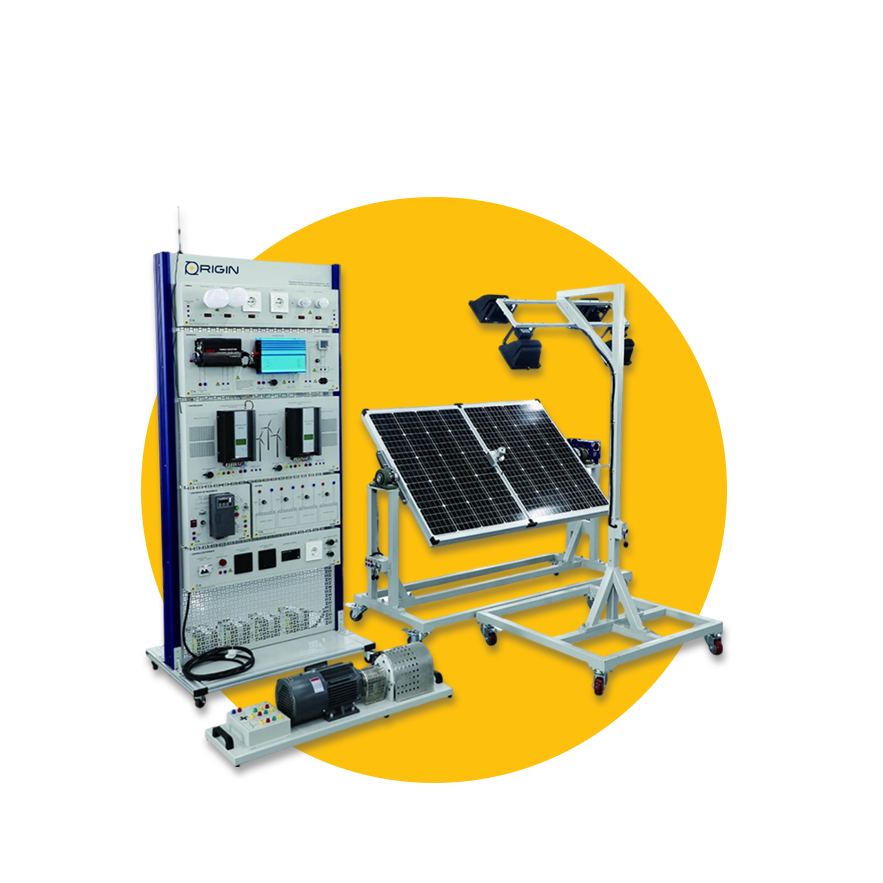
PV system
Code : (MR-21)
The photovoltaics training system comprises a main frame and interchangeable experimental modules, allowing trainees to become acquainted with solar energy electricity generation and its associated applications.
Trainees can conduct various solar system experiments by combining different modules.
• Installation of PV systems and assessment of the optimal alignment of solar modules.
• Recording and presentation of the characteristics of solar modules.
• Examination of the module's reaction to the creation of shadows.
• Creation of the I-V curve of a PV panel.
• Measurement of the power generated by a solar PV panel.
• Analysis of the impact of light intensity on a PV panel.
• Investigation using different daily periods of irradiation.
• Study of the impact of temperature on a PV panel.
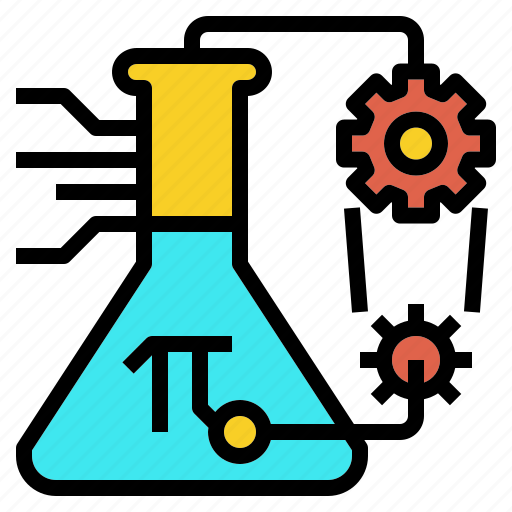
H2 fuel cell training system
Code : (MR-22)
Trainees can use the fuel cell training system to become acquainted with proton exchange membrane (PEM) fuel cells operating on hydrogen, converting chemical energy into electrical energy using ambient air oxygen.
The system allows trainees to apply a load to measure the output power.
• Conversion of chemical energy into electrical energy
• Investigation of proton exchange membrane (PEM) fuel cells
• Impact of fuel cell parameters on the output power
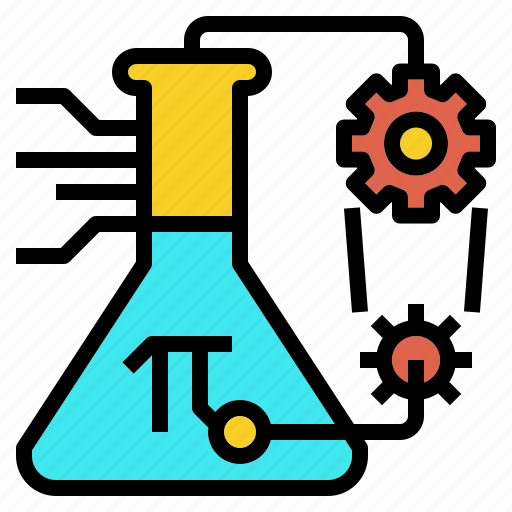
Bio-diesel training system
Code : (MR-23)
The biodiesel training systems enable trainees to create bio-diesel fuel from biomass using the transesterification process.
The process involves chemical reactions, providing trainees the opportunity to become acquainted with the reactions and the factors that influence them.
Additionally, trainees will gain familiarity with the catalysts utilized in these reactions.
• Trans-esterifying vegetable oils.
• Biodiesel separation
• Bio-diesel washing
• Methanol recovery
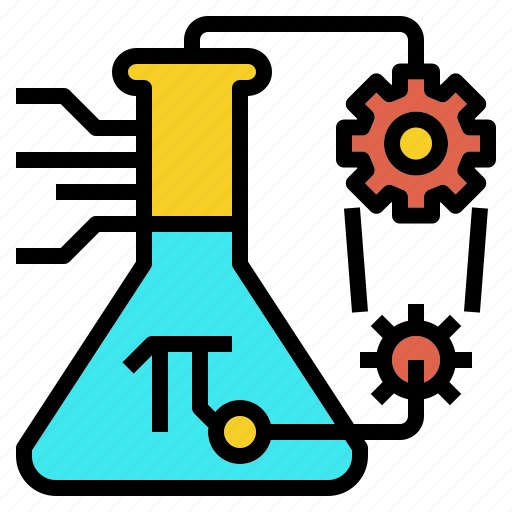
Wind energy
Code : (MR-24)
Wind power plants with a capacity of up to around 5 kW are currently being utilized for decentralized power supplies.
These plants produce direct current (DC) voltage, and the energy they generate can be stored in accumulator batteries using charge controllers.
To power consumers that require the standard electricity supply voltage, inverters are employed to convert the DC voltage into alternating current (AC) voltage.
Our servo machine test stand, along with the Winds software, allows for a detailed emulation of the effects of wind power and the mechanical design of wind power stations.
Furthermore, our Interactive Lab Assistant Multimedia course imparts knowledge, supports interactive experiment setups, and enables PC-assisted evaluation of measurement data.
• Understand the design and operation of modern small wind power stations
• Explore the physical fundamentals “from wind to wave “.become familiar with different wind power station concepts
• Design and initial operation of a small wind power generator
• Operation with fluctuation wind force in off-line operation Energy storage, optimization of the system
• Design of an off-grid system for the generation of AC voltage
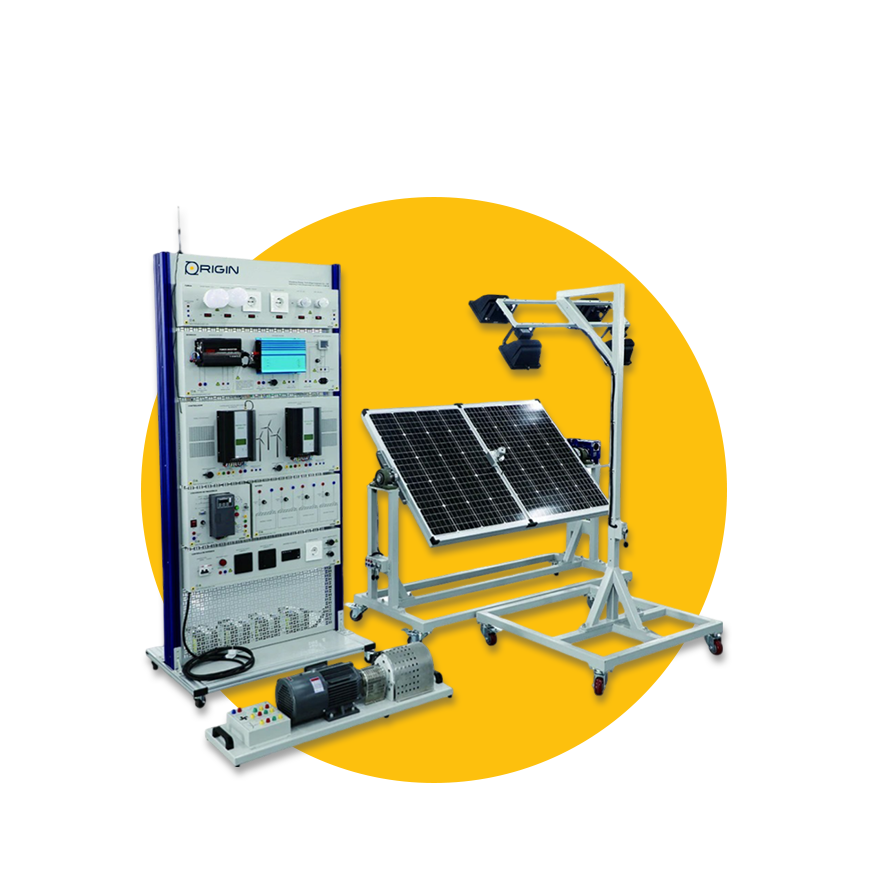
Hybrid energy
Code : (MR-25)
The Renewable Energy Hybrid Training System is comprised of a modular unit with a main frame and interchangeable experimental modules.
Trainees can use this system to learn about generating electricity from both solar and wind energy, and the related applications.
By combining different modules, trainees can conduct a wide variety of experiments.
Regardless of whether there is access to sunlight or wind, trainees can still perform the same experiments using provided emulators. Additionally, trainees can utilize a provided software system to display the results..
• Installation of PV systems and alignment testing for optimal positioning of solar modules.
• Recording and presentation of solar module characteristics.
• Development and testing of PV systems connected to the main electrical grid.
• Investigation of PV system response to main power outages.
• Creation of I-V curve for PV panel.
• Measurement of solar PV panel power output.
• Study of the impact of light intensity on PV panels.
• Understanding the design and function of modern small wind power stations.
• Exploration of the conversion of wind energy into electricity from a physical standpoint.
• Design and operation of a wind power station with an energy storage system.
• Development and operation of an off-grid wind power station.
